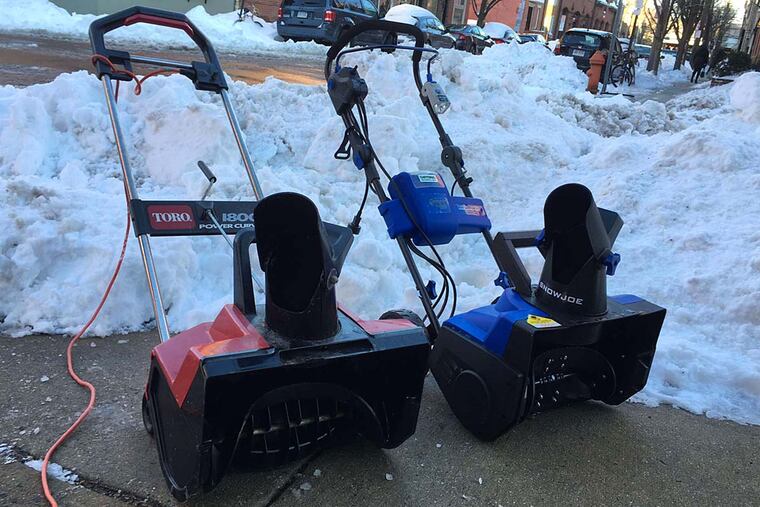Gizmo Guy: Tackling a Storm
Not many were cheering last weekend's winter storms. But Gizmo Guy was quietly mumbling "bring it on," so he could get his mitts around battery-powered outdoor gizmos that make snow removal easier and keep you warm while you're at it.
